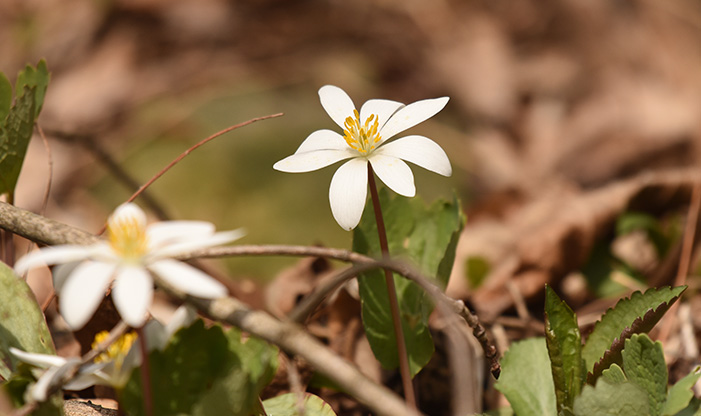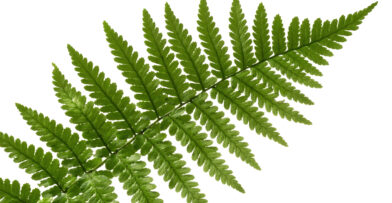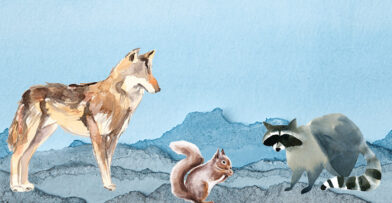When spring arrives in the forest, sunlight beams down between still bare branches, warming the leaf litter that engulfs the forest floor. Sprinkled among the shades of brown is the bright green shimmer of new life, pushing through towards the light. These plants, known as spring ephemeral wildflowers, offer the first feeling of rebirth and rejuvenation in the forest community. Ephemeral, a term synonymous with temporary, is used to describe certain natural phenomena that last a short time before disappearing.
The Importance of Early Spring Sunlight
If all flowering plants bloomed at the same time, competition for resources such as sunlight, water, space, and pollinators would prove detrimental for most species. Ephemeral plants have evolved to take advantage of the early spring conditions within the forest, where the sunlight is able to reach beneath the tree canopy for a short period of time before tree leaves burst from dormant buds. This period, typically lasting from late March to early May, is characterized by slightly warmer temperatures and moist soil from snowmelt and rain.
Ephemeral plants are perennial, with root structures that lay dormant under the soil for most of the year, blooming for only a few days before going to seed. Some of these ephemerals, such as the great white trillium (Trillium grandiflorum), take almost ten years to develop from seed to flowering plant. They bide their time, conserving energy to take full advantage of the unique spring conditions.
Food for Pollinators
The first flowers of this season provide much-needed sources of pollen and nectar for insects coming out of hibernation or migrating back to Wisconsin. Dutchman’s breeches (Dicentra cucullaria), a unique spring ephemeral with white flowers resembling a row of royal pantaloons, is exclusively pollinated by bumble bee queens as they come out of hibernation. These fertile queen bees fuel up with nectar as they begin creating a new ground nest. Some may even choose their nesting locations based on the abundance of early spring flowers.
Seed Dispersal
Once pollination is complete and seeds are developed, the flowers disappear within days of their arrival. The small seeds now need to travel away from the parent plant and find a suitable area for new growth. The seeds are being transported by a miniscule but mighty creature – the ant.
Up to 35 percent of understory plants – including trilliums, bloodroot, violets, hepatica, Dutchman’s breeches, trout lilies, and rue-anemone – exclusively rely on ants to disperse their seeds. These seeds have evolved to have external fat-rich attachments known as elaiosomes. The ants carry the seeds back to their colonies to feed the elaisomes to their larvae, eventually discarding the unharmed seed in a nutrient-rich pile perfect for plant growth.
The journey the seed takes is only six feet from the parent plant. This short distance prevents populations of ephemerals from adapting and spreading quickly, so clusters of plants are extremely vulnerable to disturbance. Spring ephemeral populations require a late sucessional forest, and can take up to 20 years to reestablish themselves among the forest understory. Invasive species, such as European buckthorn, garlic mustard, or dames rocket can quickly choke out the space and nutrients required for native plants to succeed. It takes a healthy, well-balanced forest to support a variety of beautiful spring ephemerals. Ongoing land restoration and preservation allows Schlitz Audubon to boast an abundance of these unique and transitory plants within our forests every spring season.


